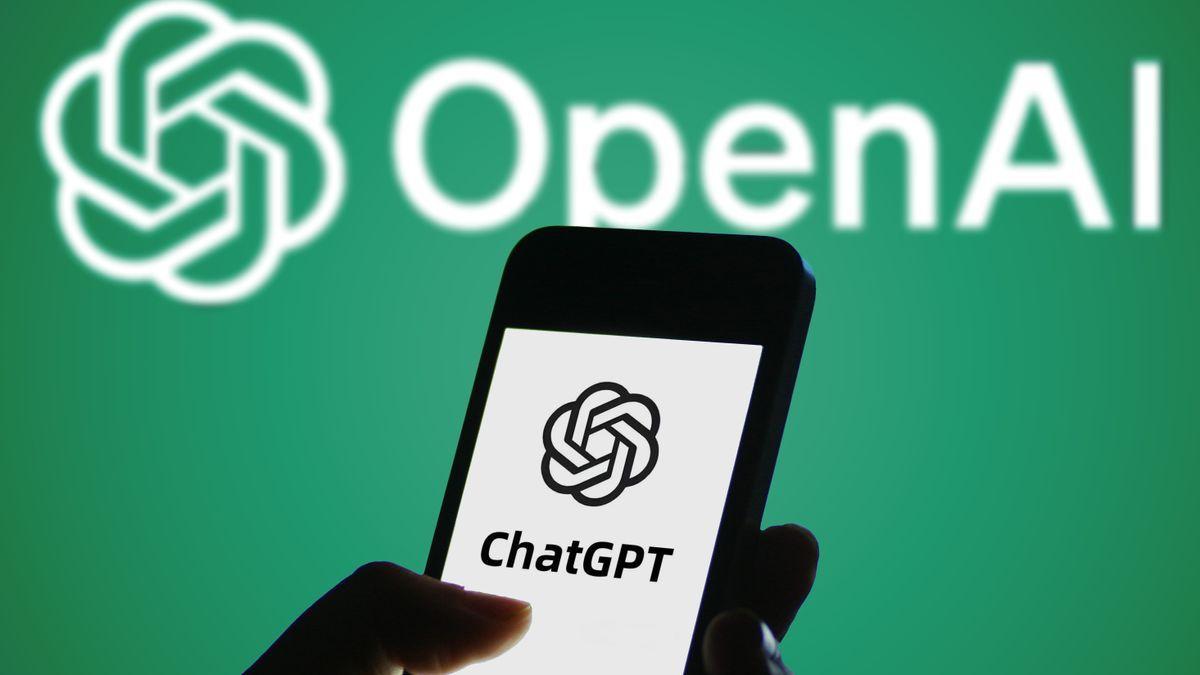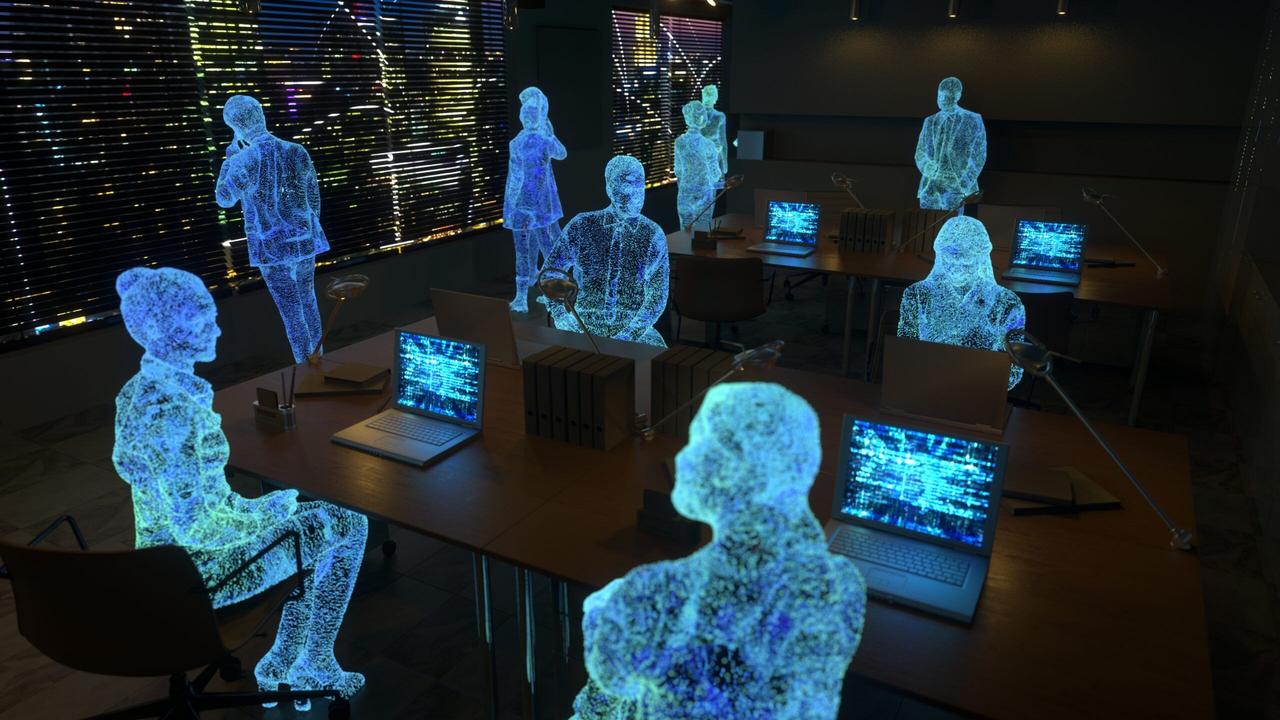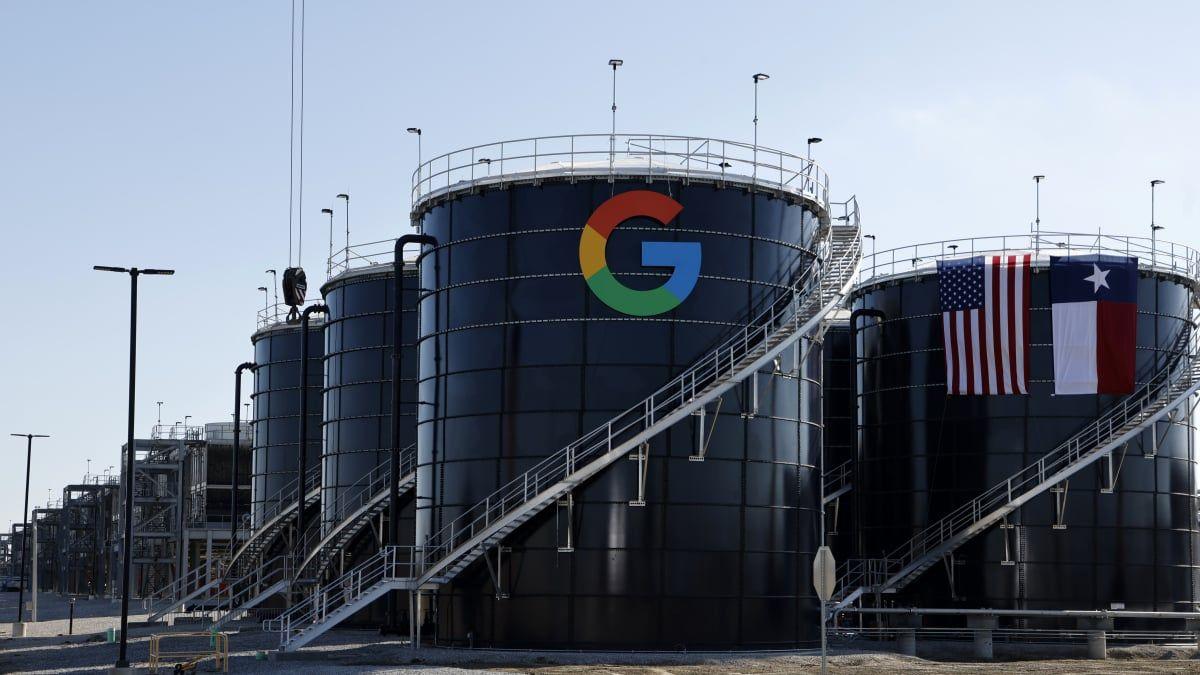ChatGPT Takes a Bite: AI's Potential in Food Sensory Evaluation
2 Sources
2 Sources
[1]
The next big role for ChatGPT could be... a brownie expert?
Table of Contents Table of Contents A whole new role Speeding things up, not replacing humans OpenAI's ChatGPT tool has found widespread adoption, from assisting with academic work and domain-specific deep research to speeding up drug discovery. People are also loving its Ghibli image generation so much that the user load is "melting" OpenAI's GPU stack. The next major avenue for ChatGPT could be quite a delicious adventure. Specifically, the AI chatbot could speed up the sensory testing of brownies, potentially speeding up the development of new flavors, too. The folks over at the University of Illinois Urbana-Champaign recently published a study analyzing the potential of ChatGPT as a sensory taster for various types of brownies. Recommended Videos A whole new role In the food industry, expert sensory evaluation is a huge thing. Technically referred to as organoleptic, it's all about studying the impact of food items on various human senses. Think of taste, smell, sight, touch, texture, and even the sound. It is then tied to the emotional and sentimental side of tasting a certain food item. Usually done by a panel of experts as well as random testers, sensory evaluation allows a chef (or brand) to test whether the food item is good enough for a wide launch, if the aroma is nice, or does the spice profile or sweetness could use some adjustment. The emotions felt by users, such as trust, joy, anger, pleasure, or disgust, are also assessed to create a complete sensory profile. Please enable Javascript to view this content Needless to say, it's a meticulous process, which takes a lot of time, and money. What if ChatGPT is pushed to do the same? That's exactly what the latest research is all about. Damir Torrico, assistant professor at the institute's Department of Food Science and Human Nutrition, tested ChatGPT by asking it about fifteen different brownie recipes for sensory evaluation. The AI's responses were not too far off compared to human experts, showing "behavioral similarities to typical consumer responses." It scored the different recipes on a scale of 1 to 10, providing a score for "sentiments" such as fear, surprise, joy, and sadness at each brownie combination. Speeding things up, not replacing humans The over-arching idea, however, is not to replace human taste evaluators. Instead, it could help food scientists and other industry stakeholders to narrow down a long list of recipes (based on varying ingredients) and then involve human taste experts in tasting the versions with the highest chance of success. Incorporating ChatGPT could, therefore, save time as well as resources. "ChatGPT has the potential to serve as an efficient pre-screening tool for product evaluation, significantly accelerating the sensory analysis process," says the paper. However, there are a few challenges that need to be sorted out. As per the expert analysis, ChatGPT's responses were deemed overwhelmingly positive, even for the ingredient combinations that included weird items. "In ChatGPT's attempt to act human, it seemed to display this behavior," note the experts. That's not entirely unexpected, because the prompt asked the AI chatbot to act like a human taster. For example, one of the brownie recipes involved ingredients such as worm meal and fish oil, while the other one incorporated citric acid. Neither of these items is typically used for making brownies. One could even feel disgusted by the idea of worm meals in a chocolate brownie. Even though ChatGPT was not entirely accurate, it exhibited a rather curious positive bias. The experts behind the study say such AI-driven sensory evaluation models could use some fine-tuning so that they can accurately describe a wider range of sensory emotions and provide appropriate feedback before the food industry adopts them. The potential, however, is apparent. Let's just hope it doesn't pull off a flub like Google's Gemini telling users to put glue on pizza, or even making an error at something as basic as the ongoing year.
[2]
Brownie points for ChatGPT's food analysis skills | Newswise
URBANA, Ill. -- AI is changing the way we work, create, and share information -- but brownies? A new study from the University of Illinois Urbana-Champaign explores how ChatGPT can be used in the sensory evaluation of foods, specifically brownies. The study offers insights that could streamline development of new products, and possibly enhance recipes moving forward. But, why use AI for brownie tasting? Most people would gladly line up to sample chocolatey treats. However, in the food industry, sensory evaluation is an essential yet rigorous and costly process. Companies rely on both trained human testers and consumer panels to assess key characteristics such as flavor, texture, and overall appeal before launching new products. Additionally, overcoming barriers such as human bias and sensory fatigue often proves challenging. "Sometimes, relying on human testers can slow down the process, especially when multiple product prototypes need to be evaluated simultaneously. Sensory panels require time and careful coordination, and in some cases, certain ingredients may not be food-grade, making them unsuitable for tasting," said study author Damir Torrico, assistant professor in the Department of Food Science and Human Nutrition, part of the College of Agricultural, Consumer and Environmental Sciences at Illinois. "That is why large language models such as ChatGPT are being considered for sensory evaluation. It is possible to create models that can replicate certain human responses." Torrico looked at fifteen different brownie recipes, ranging from standard ingredient lists to unusual combinations, including mealworm powder and fish oil. Torrico provided ChatGPT with recipe formulas, and asked the AI to describe sensory characteristics of each brownie, including taste, texture, and overall enjoyment. Torrico then categorized the themes of ChatGPT's responses to determine if they were positive, negative, or neutral. Surprisingly, ChatGPT's responses were overwhelmingly positive, even for recipes that included unusual ingredients. This positivity aligns with the psychological phenomenon scientists call hedonic asymmetry. Hedonic asymmetry is the idea that people (and apparently AI) tend to describe things that are beneficial to them in more positive terms. Food serves a role in keeping us full and giving us energy, Torrico explains, causing humans to respond to food in a positive manner. In ChatGPT's attempt to act human, it seemed to display this behavior. "ChatGPT was trying to always see the good side of things," Torrico said. Torrico says that although kinks like hedonic asymmetry still need to be worked out, the study showcases the potential benefits of using AI in food development. ChatGPT could be used as a screening tool, helping food scientists narrow down recipe options before presenting them to a consumer panel. This could potentially save the industry time and money. "Using AI can give general insights of what products can be considered for further testing, and what products shouldn't be put through that long process," Torrico said. "I could see ChatGPT being developed for sensory evaluation to help the industry." While ChatGPT may not be ready to steal your brownie, Torrico is excited about its potential. Looking ahead, he plans to refine the experiment, training ChatGPT to respond with a vocabulary that is similar to a human descriptive panel. The study, "The Potential Use of ChatGPT as a Sensory Evaluator of Chocolate Brownies: A Brief Case Study," is published in Foods [DOI: 10.3390/foods14030464] by Damir Torrico.
Share
Share
Copy Link
Researchers explore ChatGPT's capabilities in sensory evaluation of food, specifically brownies, potentially revolutionizing product development in the food industry.

AI Takes a Bite: ChatGPT's Potential in Food Sensory Evaluation
In an innovative study, researchers at the University of Illinois Urbana-Champaign have explored the potential of ChatGPT, OpenAI's large language model, in the field of food sensory evaluation. The study, focusing on chocolate brownies, reveals promising results that could revolutionize product development in the food industry
1
2
.The Challenge of Sensory Evaluation
Sensory evaluation in the food industry is a critical yet time-consuming and expensive process. It involves expert panels and random testers assessing various aspects of food items, including taste, smell, texture, and emotional responses. This meticulous process is essential for determining whether a product is ready for market launch or needs further refinement
1
.ChatGPT as a Brownie Connoisseur
Damir Torrico, assistant professor at the University's Department of Food Science and Human Nutrition, put ChatGPT to the test by asking it to evaluate fifteen different brownie recipes. The AI was tasked with describing sensory characteristics and scoring recipes on a scale of 1 to 10 for various "sentiments" such as fear, surprise, joy, and sadness
1
2
.Surprising Results and Potential Benefits
The study found that ChatGPT's responses were not far off from those of human experts, showing "behavioral similarities to typical consumer responses." This suggests that AI could potentially serve as an efficient pre-screening tool for product evaluation, significantly accelerating the sensory analysis process
1
2
.Challenges and Limitations
Despite its potential, the study revealed some challenges in ChatGPT's evaluation process:
-
Overwhelmingly positive responses: ChatGPT tended to provide positive feedback even for unusual ingredient combinations, such as worm meal and fish oil in brownies
1
2
. -
Hedonic asymmetry: The AI displayed a tendency to describe food items positively, mirroring a human psychological phenomenon
2
. -
Lack of disgust response: ChatGPT failed to express appropriate negative reactions to unconventional ingredients
1
.
Related Stories
Future Implications for the Food Industry
While not intended to replace human taste evaluators, ChatGPT could help food scientists and industry stakeholders narrow down a long list of recipes before involving human experts. This approach could save time and resources in the product development process
1
2
.Next Steps in AI-Driven Sensory Evaluation
Researchers emphasize the need for fine-tuning AI models to accurately describe a wider range of sensory emotions and provide appropriate feedback. Future experiments aim to train ChatGPT to respond with vocabulary similar to human descriptive panels, potentially enhancing its utility in the food industry
2
.As AI continues to evolve, its application in fields like food science demonstrates the technology's versatility and potential to transform traditional processes across various industries.
References
Summarized by
Navi
[1]
Related Stories
Recent Highlights
1
Google launches Gemini 3 Flash as default AI model, delivering speed with Pro-grade reasoning
Technology

2
OpenAI launches GPT Image 1.5 as AI image generator war with Google intensifies
Technology

3
OpenAI launches ChatGPT app store, opening doors for third-party developers to build AI-powered apps
Technology








